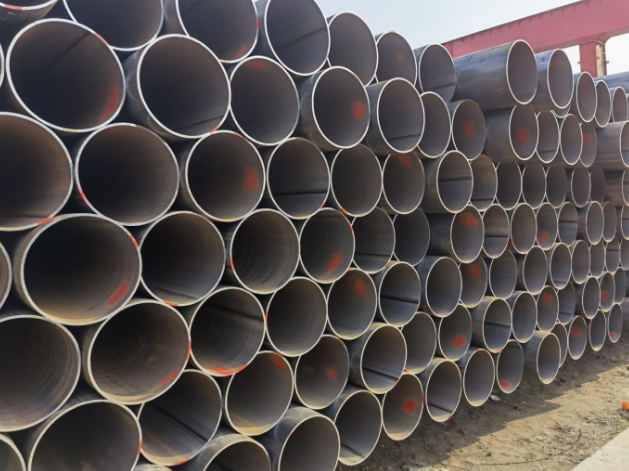
Causes of Welding Deformation of Thin Steel Plate
Causes of welding deformation of thin steel plate:
1. Analysis of welding deformation
Welding uses heat to connect two workpieces, but the heat will cause welding thermal deformation of the workpiece. When the workpiece is not uniformly heated, the stress is greater than the yield point of the material, and the workpiece will expand and contract, resulting in residual stress and residual deformation after cooling.
2. Welding deformation control
Using continuous spot welding instead of continuous welding can prevent and reduce the damage caused by welding deformation. In addition, the commonly used method is anti-deformation method, using assembly and welding sequence to control deformation, and using assembly and welding sequence to control deformation is also a good method , It is very beneficial for maintenance personnel to improve efficiency and reduce labor intensity.

3. The influence of welding sequence
After testing, using the same machine, operator, welding method, the same batch of thin steel plates of the same specification as the object, continuous spot welding, short time interval testing, and comparing the degree of deformation of the plates after welding under different welding sequences.
4. Summary and analysis
Continuous spot welding can control the accumulation of welding heat, control it in a small range, and reduce thermal deformation.
Segmented welding has better control on the overall deformation of the thin steel plate than without segmentation, especially in the longitudinal direction. In the constrained transverse direction, as the length of the weld increases, the longitudinal curl of the thin steel plate limits the transverse deformation. The welded workpiece will have greater stress and will continue to deform for a long time. The segmented welding deformation is small. A period of cooling time is obtained, and the deformation is small, so it is better than not segmented.
From the perspective of the effect of segmented welding, welding from the middle to both ends is better than welding from both ends to the middle. The two ends of the steel plate are welded to the middle, and the heat in the middle part is continuously accumulated, which makes the middle part seriously deformed. The sequential welding causes the heat to increase rapidly along the welding direction and continuously reduce the temperature. The same is true for welding from the middle to the ends. The welding of steel plates shall be continuous spot welding in sections from the middle to the ends.
Tips: ERW welded pipe is formed by rolling strip and welding the seam, with tighter dimensional tolerances and less weight. The weld seam is heat treated after welding that no untempered martensite remains, and the weld flash can be removed from both inner and outer surfaces.
ASTM A53 ERW steel pipe is a typical carbon steel pipe. It is largely used to convey fluids at low / medium pressures such as oil, gas, steam, water, air and also for mechanical applications.


